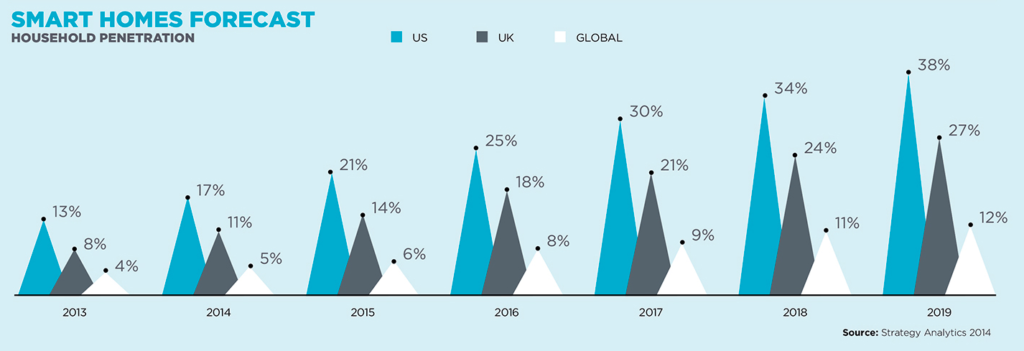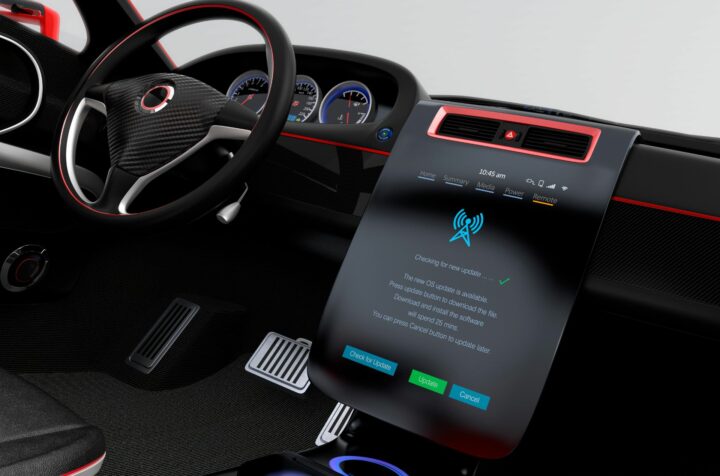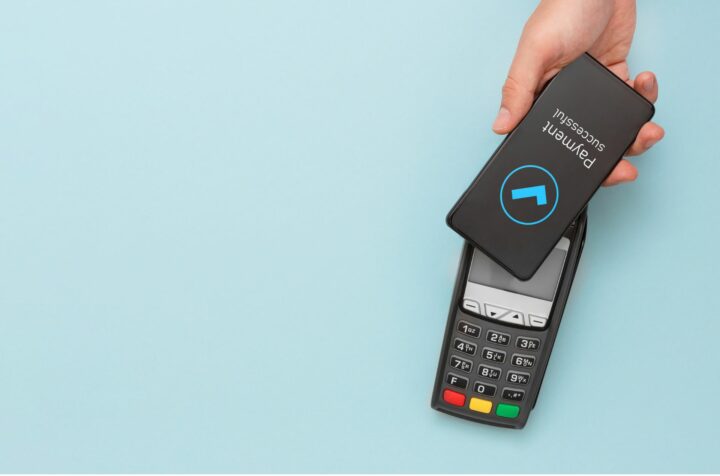More and more connected home devices are becoming part of our everyday lives, whether its controlling your heating from outside your home, turning your coffee machine on whilst still in bed, or seeing who’s at your front door through your mobile device. A lot of consumers only own one connected home device so far, but the smart home market is growing and is expected to surpass $100 billion within a few years. Connected home devices, or the Internet of Things (IoT), are a step forward in easy living across multiple industries but easy living brings challenges in development and testing.
From make-believe to making it work
About two decades ago the smart home was still something out of a fantasy world available only to people like Bill Gates. Although you don’t have to be a billionaire to afford a smart home anymore, many consumers do still consider connected home products to be too expensive. Additionally, there is still skepticism regarding the privacy and security of these devices, and how well they will integrate across different brands or product lines. Fortunately, this integration among other things, can be evaluated and improved by testing your product – preferably in early stages of, and continuously throughout, development.
Testing connected devices in a lab environment will likely lead to the discovery of several points of improvement. A lab, however, cannot simulate all the real-world conditions in which these devices will be used. As you bring home a new connected device into your existing network, only then will you know if and how it cooperates with other devices on the network and the network itself. If you want to be sure that your company’s IoT product will work in its intended environment, it needs to be tested there first.
Is this the real life? Or just a laboratory?
Let’s say you’re developing a connected doorbell that gives you a notification when someone rings it, and allows you to see the person outside your front door. You’ve tested it in your lab, on different networks with different routers, on different devices with different operating systems – you’ve even set off the lab’s sprinkler system to see how well the doorbell handles rain. The new doorbell gets greenlit, produced, and sold to consumers, only for you to discover that it’s malfunctioning in hot, humid regions. Your doorbell handled rainwater easily, but you didn’t consider the long-term effects of moisture and heat exposure on the computer chip inside the doorbell. Although this could have been simulated in your state-of-the-art lab, you didn’t consider these factors since your lab is located where this type of weather doesn’t even exist.
Hopefully, the example above will continue to be something out of my imagination, but there are undoubtedly similar examples from the real world that were a result of incorrect and insufficient testing. Real-world testing with real end users will expose otherwise undiscovered problems – problems that will show you how your customers use your products, and will help you design products that are easier to understand. If you reduce the need for instructing the end user you will not only gain an advantage over competitors. As consumers are educated about the products their aversion to them will decrease, and you will be a driving force in the widespread adoption of IoT devices and smart homes.

One main obstacle in testing these connected devices is getting your product in the hands of real end users. With a website or app the product is easily distributed over the Internet but with a physical device this is not possible. At Testbirds we test everything digital, including connected IoT devices. We provide end-to-end testing of your IoT product, putting it into the hands of real end users from a target group of your choice. From distribution to testers, to usability and functionality testing, to expert evaluation and feedback – we’re here to help from end to end, concluding with the safe return of your product.
Don’t escape from reality!
For the Internet of Things, testing in the field is crucial. IoT devices are often intended for a specific environment and they should be tested there as well. Testbirds provides end-to-end testing of your IoT product, ensuring usability and functionality with the intended real-world end users, in its intended real-world environment.








